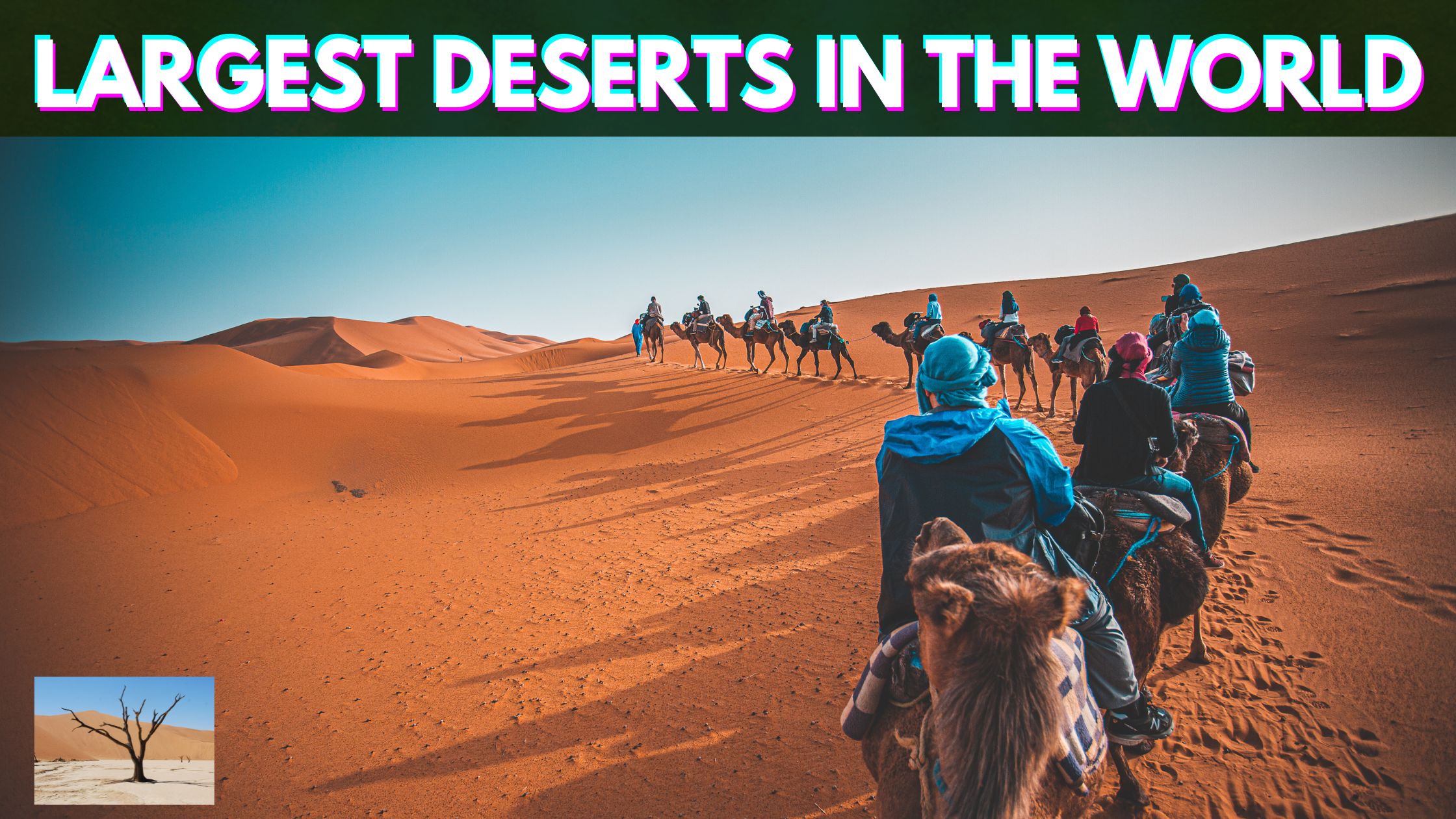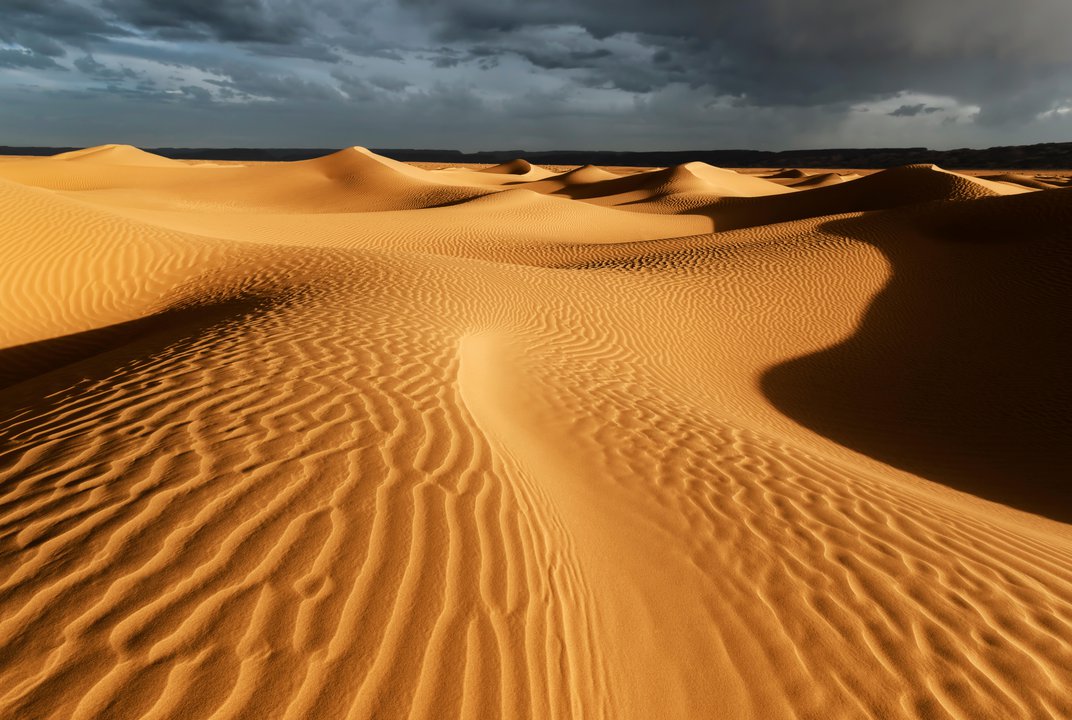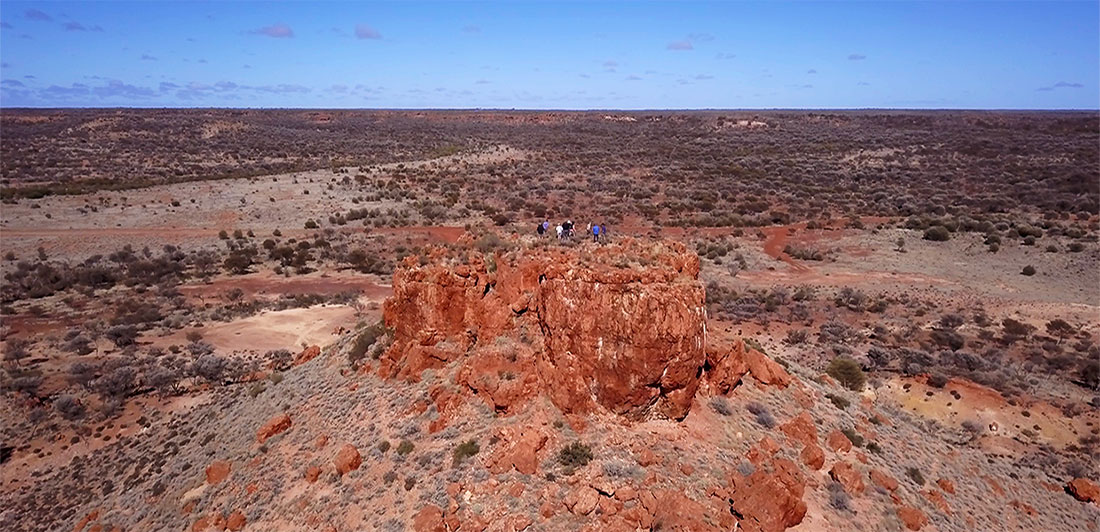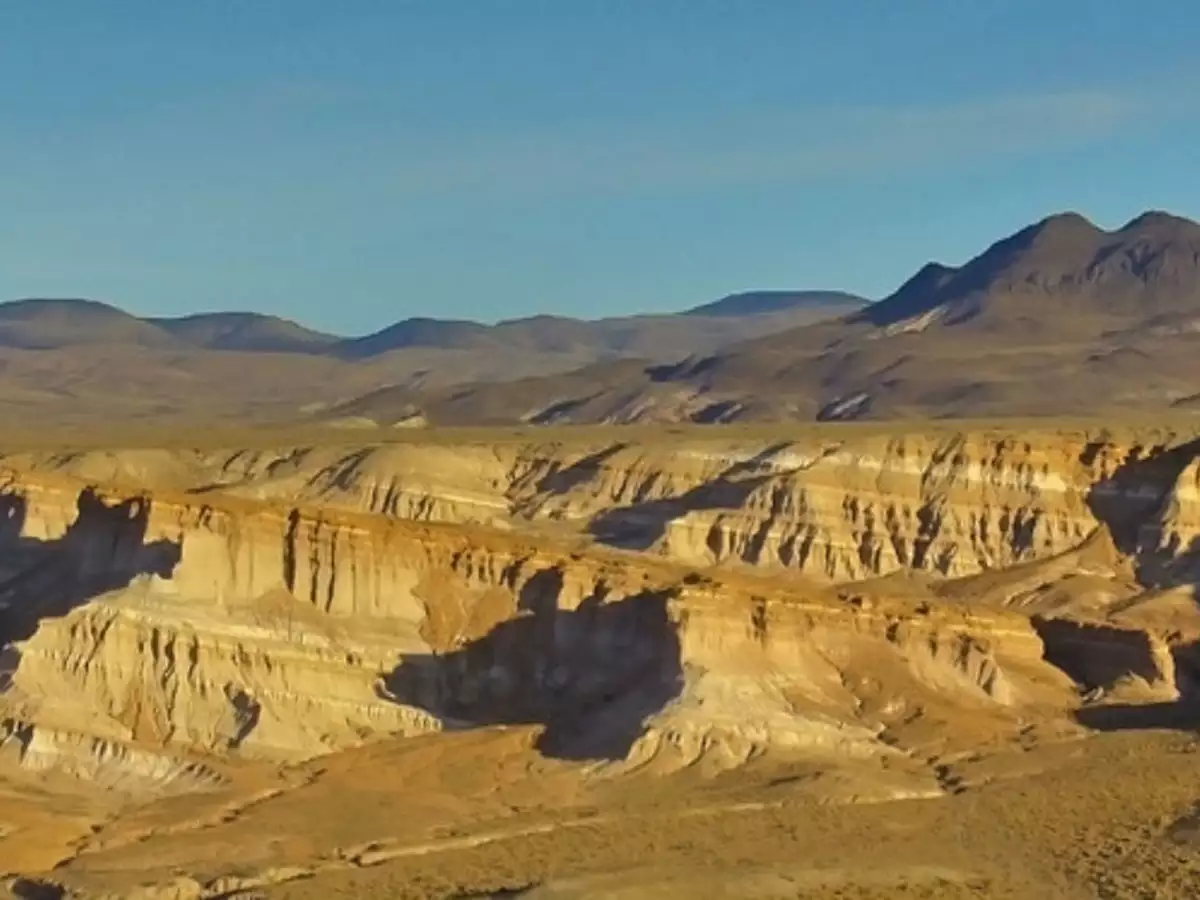Top Lists
Top 10 Largest Deserts in the World
The world’s largest deserts are found in Asia, Africa, and North and South America. The largest desert is the Sahara, which covers 9.2 million square kilometers. The second largest is the Arabian Desert, which covers 2.6 million square kilometers.

The world’s deserts are expanding. Due to a combination of factors – including climate change, overgrazing, and deforestation – large areas of land are becoming increasingly arid. As a result, the world’s deserts are growing larger every year. In this article, we’ll take a look at the 10 largest deserts in the world.
From the Sahara Desert in Africa to the vast empty plains of Antarctica, these deserts are truly awe-inspiring. If you’re interested in learning more about these fascinating places, read on!
| Rank | Name | Size | Location |
| 1 | Sahara Desert | 9.2 million km² | Africa |
| 2 | Arabian Desert | 1.855 million km² | Asia |
| 3 | Syrian Desert | 520,000 km² | Asia |
| 4 | Great Victoria Desert | 422,466 km² | Australia |
| 5 | Great Basin Desert | 190,000 km² | North America |
| 6 | Mojave Desert | 124,000 km² | North America |
| 7 | Chihuahuan Desert | 501,896 km² | North America |
| 8 | Great Sandy Desert | 284,993 km² | Australia |
| 9 | Kalahari Desert | 930,000 km² | Africa |
| 10 | The Patagonian Desert | 572,883 km² | Argentina |
1. Sahara Desert – Africa
With an area of 9.2 million square kilometers (3.5 million square miles), the Sahara Desert is the largest desert in the world. It stretches from the Atlantic Ocean to the Red Sea.
The Sahara is the largest hot desert in the world and gets its name from the Arabic word for “desert.” With very little rainfall and temperatures reaching up to 122 degrees Fahrenheit (50 degrees Celsius), the Sahara Desert is one of the driest and hottest places on Earth
Despite its hostility, the Sahara Desert is a fascinating place with a long and rich history. It is home to a variety of animals, including addax, dama gazelle, desert foxes, fennecs, and monitor lizards as well as some of the world’s oldest nomadic cultures, including the Tuareg and the Berber people.
2. Arabian Desert – Asia
The Arabian Desert is the second largest desert in the world, covering an area of 2.6 million square miles. The desert spans several countries in the Middle East, including Saudi Arabia, Oman, Yemen, and the United Arab Emirates.
Although the Arabian Desert is extremely hot and dry, it is home to a variety of plants and animals. For centuries, Bedouin tribes have lived in the desert, making use of its resources.
In recent years, the Arabian Desert has become a popular tourist destination, with people coming from all over the world to experience its unique landscape. Whether you’re interested in its history, wildlife, or culture, the Arabian Desert has something to offer everyone.
3. Syrian Desert – Asia
Syria is home to some of the largest deserts in the world. The Syrian Desert also called the Great Syrian Desert, is the world’s largest arid region. It covers an area of 520,000 square kilometers (200,000 square miles), making it about the size of France.
The Syrian Desert is located in the countries of Syria, Iraq, and Jordan. It stretches from the Arabian Sea in the west to the Euphrates River in the east. The desert is characterized by great expanses of sand dunes, stone plateaus, and gravel plains.
The Syrian Desert is a major tourism destination for those interested in adventure and ancient history. The desert is also a popular filming location for Hollywood movies.
Although the Syrian Desert is one of the driest places on Earth, it is home to a number of plant and animal species.
4. Great Victoria Desert – Australia
The Great Victoria Desert is third on the list of the largest deserts in the world. It covers an area of 350,000 square kilometers in the southern part of Australia. The desert is named after Queen Victoria, who was the British monarch when the desert was first explored in the 1860s.
The Great Victoria Desert is an arid environment with little rainfall and many ancient rock formations. It is home to a variety of unique plants and animals, including the kangaroo rat and the monitor lizard.
Despite its hostile environment, the Great Victoria Desert has a long history of human occupation. Aboriginal people have lived in the desert for thousands of years, and it was also once home to a thriving gold rush town.
In recent years, the Great Victoria Desert has become a popular tourist destination. However, the desert faces many threats, including climate change and mining.
5. Great Basin Desert – North America
The Great Basin Desert is one of the largest deserts in the world, covering an area of nearly 200,000 square miles. The desert is home to a variety of unique plants and animals, as well as some of the most extreme conditions on Earth. Despite its harsh conditions, the Great Basin Desert is a beautiful and fascinating place.
It has a long history of human settlement, the Great Basin Desert is a unique and fascinating place.
6. Mojave Desert – North America
The Mojave Desert is the 6th largest desert in the world. It covers more than 25,000 square miles of southeastern California, southern Nevada, and northwestern Arizona. The Mojave Desert is home to Joshua Tree National Park, Death Valley National Park, and the Mojave National Preserve.
The Mojave Desert is a dry, arid region with very little rainfall. The average annual precipitation is only about four inches, and much of the Mojave Desert receives less than two inches of rain each year. The desert’s elevation ranges from 1,000 feet above sea level to 11,000 feet, and the temperatures can vary widely, from below freezing in the winter to over 120 degrees Fahrenheit in the summer.
Despite its harsh conditions, the Mojave Desert is home to a wide variety of plants and animals. The desert tortoise, bighorn sheep, and Joshua tree are just a few of the Mojave Desert’s unique residents.
7. Chihuahuan Desert – North America
The Chihuahuan Desert is one of the largest deserts in the world, covering an area of more than 200,000 square miles (520,000 square kilometers) and spans parts of Mexico, the United States, and Guatemala.
It is located in North America, stretching from central Mexico into the southwestern United States. The Chihuahuan Desert is characterized by hot, dry summers and cold, wet winters. Despite its harsh conditions, the desert is home to a variety of plants and animals, including the iconic cactus.
The Chihuahuan Desert is a beautiful and unique ecosystem that is unfortunately under threat from human activity. Due to cattle grazing, agriculture, and mining, the desert is slowly being destroyed. This is having a devastating impact on the plants and animals that call the desert home.
It is home to a wide variety of plant and animal life. In fact, it has more bird species than any other desert in North America! It is also home to the Guadalupe Mountains National Park, Big Bend National Park, and Carlsbad Caverns National Park.
Despite its harsh conditions, the Chihuahuan Desert is a fascinating place.
8. Great Sandy Desert – Australia
The Great Sandy Desert is one of the largest deserts in the world. It covers an area of over 500,000 square kilometers in Australia. The desert is home to a variety of plant and animal life, as well as stunning natural features.
Despite its name, the Great Sandy Desert is not actually composed of sand. The desert floor is covered in a type of red gravel called gibber. Gibber is made up of small pieces of rock that have been broken down over time by the wind.
The Great Sandy Desert is a beautiful and unique place. It is one of the last great wilderness areas on Earth.
9. Kalahari Desert – Africa
The Kalahari Desert is one of the largest deserts in the world. Located in Southern Africa, it covers an area of 900,000 square miles (2,400,000 square kilometers), making it about the size of Greenland.
The Kalahari is a dry, sandy desert with a few scattered oases. It is home to a variety of animals, including the black-maned Kalahari lion and the Gemsbok, a type of antelope.
Human beings have inhabited the Kalahari Desert for thousands of years. The Bushmen, also known as the San people, are the desert’s original inhabitants. Today, the Kalahari is home to a number of different peoples, including the Kavango, the Herero, and the Himba.
The Kalahari Desert is a fascinating place with a unique ecosystem. The desert is home to a variety of animals, including lions, elephants, and giraffes. The desert is also home to a number of plants, including the baobab tree.
If you ever have the chance to visit, you will not be disappointed.
10. The Patagonian Desert
The Patagonian desert is the largest desert in the world. It covers an area of more than 1 million square kilometers and stretches from the southern tip of South America all the way to Antarctica. The desert is home to a wide variety of plants and animals and is a popular tourist destination for its unique landscapes and wildlife.
The Patagonian desert is also one of the driest deserts in the world, with an average rainfall of less than 200mm per year. This arid climate has led to a number of unique adaptations in the desert’s plant and animal life.
Conclusion
A desert is a barren area of land where little precipitation occurs and, consequently, living conditions are hostile for plant and animal life. The lack of vegetation exposes the unprotected surface of the ground to the processes of denudation. Despite its hostility, a desert is a fascinating place with a long history of human occupation. Here is a summary of the world’s largest deserts:
- Sahara Desert – Africa
- Arabian Desert – Asia
- Syrian Desert – Asia
- Great Victoria Desert – Australia
- Great Basin Desert – North America
- Mojave Desert – North America
- Chihuahuan Desert – North America
- Great Sandy Desert – Australia
- Kalahari Desert – Africa
- The Patagonian Desert – Argentina
Read More:



